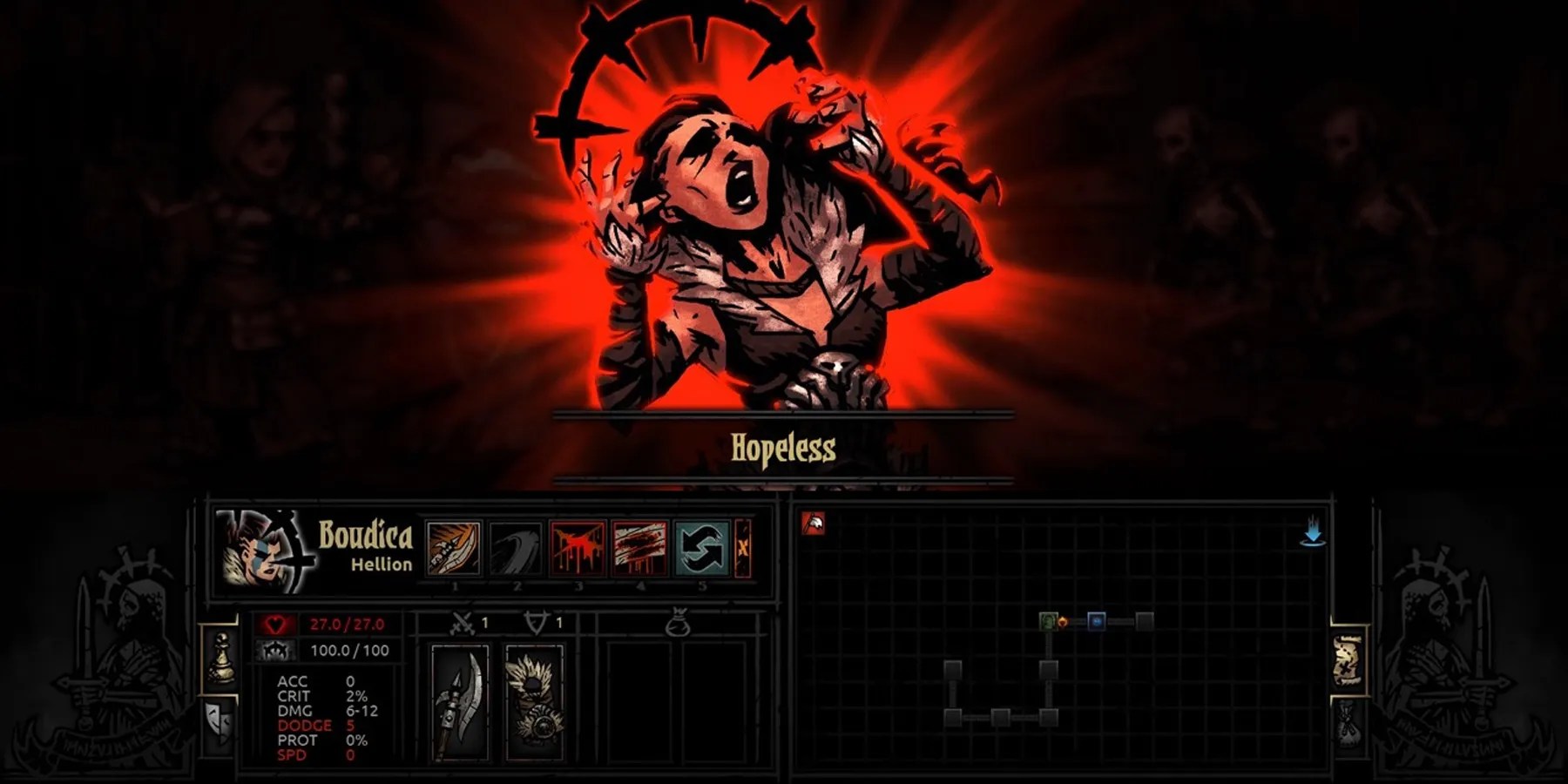Summary
Left-field genre fusions have been the bread and butter of the indie game development scene for years now, and Wondernaut Studio’s upcomingIronhivelooks to introduce something brand new into the increasingly crowded Deckbuilder space. Part deck-building roguelite and part city-builder,Ironhive’s elements and mechanics borrow equally from classics likeSlay the SpireandDarkest Dungeonwhile also introducing a novel twist on the tried-and-true city-building formula. AlthoughIronhivedoesn’t have a solid release date yet beyond a presumptive 2024 window and a vague “Coming Soon” on Steam, its recent demo shows that the title exudes a lot of promise.
Ironhive’s developer Wondernaut Studio is the same team behind the visually striking puzzle-platformerAspire: Ina’s Tale, and both games share a distinctive art style that is brought to life through fluid animation and thematically or tonally appropriate color schemes. And while, at first,Ironhivemight seem like it’s a true 1:1 mash-up of city-building staples and adeck-building roguelite, the title’s post-apocalyptic setting and sense of encroaching dread give way to a Lovecraftian narrative hiding beneath the surface, not unlike that ofDarkest Dungeon. Though it replacesSlay the SpireandDarkest Dungeon’s procedural dungeon-crawling and turn-based combat for city-building,Ironhiveis a game that fans of either (or both) shouldn’t miss.

Ironhive’s Deckbuilding Mechanics Fit Nicely Within the Context of a City-Builder
Similar toSlay the Spire’s unique take on the classic RPG through a mix of deckbuilding mechanics and roguelike progression,Ironhiveputs a clever twist on the familiarcity-building simulatorthrough its procedural elements and signature cards. There are 4 resources players must manage inIronhive– Devotion, Supply, Workforce, and Order – and each of the four resources has its own cards and buildings at play. The player’s decision in exactly how they choose to prioritize those buildings (both number and type), as well as the luck of the draw in their worker and material cards, all contribute toward success or failure.
What remains to be seen is howIronhivehandles the all-important aspect of meta-progression in concert with its roguelike elements. Players can level up inIronhivejust like they can inSlay the Spire, but the bonuses that are awarded as a result of those gains seem to be specific to each individual run rather than permanent upgrades that carry over into each new attempt at building a last bastion of civilization. Part of what madeSlay the Spireone of themost beloved roguelikeswas its careful balance of challenge and satisfying meta-progression, andIronhivewill need to have similar success in its balancing act to stand out in a crowded marketplace.
Ironhive Supplants Darkest Dungeon’s Stress Meter With Impending Societal Collapse
One of the more unexpected elements ofIronhiveis its incorporation of the Stability mechanic, which operates similarly toDarkest Dungeon’s Stress meter. During certain moments of a run inIronhive, players will reach milestones that act as progress checks for their success in rebuilding and holding together civilization. If a player finds themselves lacking the resources to support their growing city and population, events occur that trigger a decline in the Ironhive’s Stability. After three of these events, a Situation will arise that the player must resolve, lest they face dire repercussions for their inaction.
Combined with the incorporation of Lovecraftian elements and a general sense of impending doom in each run,Ironhiveshares more withDarkest Dungeonthan might initially be apparent. Accordingly, when players see their Stability plummet, it has the same kind of disastrous effect on gameplay that Stress has on characters inDarkest Dungeon, practically requiring a restart for more favorable outcomes.Ironhivecombines aspects of two of the most celebrated roguelikes of the last few years, but its dystopian setting andLovecraftian atmospherehelp it stand out as much as its unique amalgamation of genres.